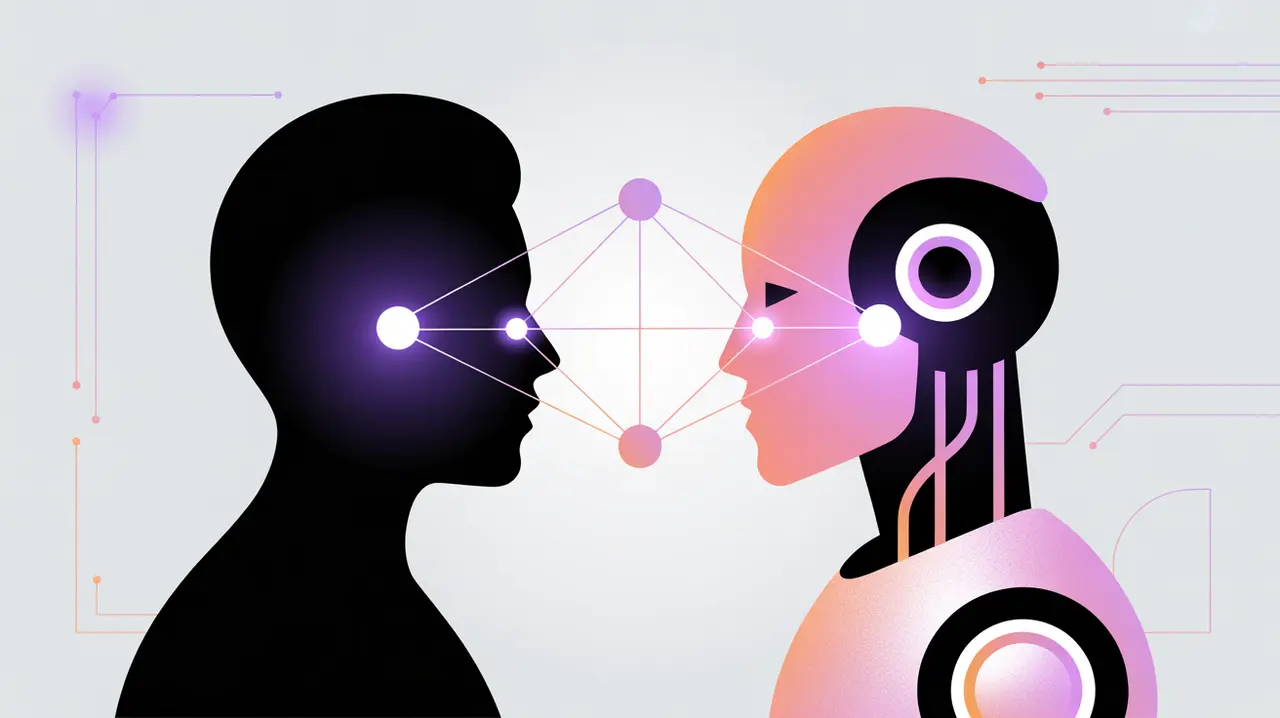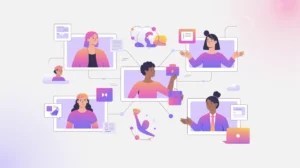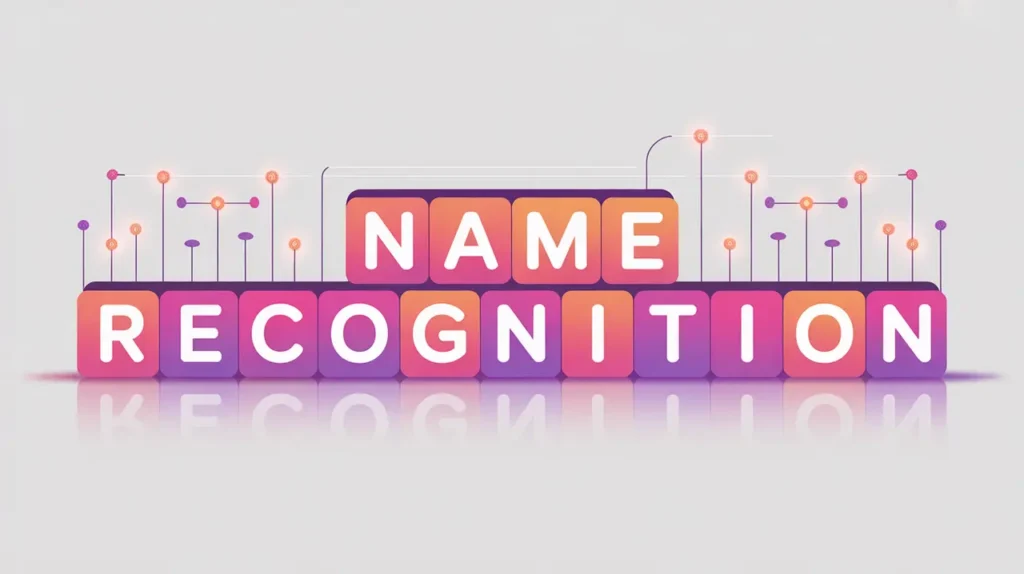Importance of Artificial Intelligence (AI)
Artificial Intelligence (AI) has moved from the pages of science fiction into the center of global debates on technology, ethics, and human progress. It matters now because it is no longer an abstract research field but a set of systems woven into everyday life, from translation apps and voice assistants to medical diagnostics and climate modeling.
For communities working in social innovation and international development, AI represents both a tool of unprecedented capability and a challenge that raises questions of access, equity, and trust. As the pace of AI development accelerates, decisions about how AI is designed, governed, and applied will shape whether it amplifies existing inequalities or helps bridge them. Understanding AI is therefore essential for organizations seeking to reduce information asymmetry, extend inclusion, and harness proximity to solve pressing human problems.
Definition and Key Features
Artificial Intelligence refers to computer systems designed to perform tasks that typically require human intelligence, such as recognizing patterns, making decisions, or understanding language. The term was first formally used in 1956 at the Dartmouth Conference, where researchers imagined creating “thinking machines.” Over time, AI has grown into a broad field encompassing subfields like machine learning, computer vision, and natural language processing.
Importantly, AI is not synonymous with automation or robotics, though it often powers them. Nor is it a single technology; rather, it is a collection of methods and models ranging from rule-based logic systems to complex neural networks. At its core, AI involves creating algorithms that allow machines to adapt, learn, or infer outcomes based on data. Its power lies in prediction, pattern recognition, and optimization, but its boundaries are often blurred by marketing hype or unrealistic expectations.
How this Works in Practice
AI works by combining data inputs, mathematical models, and computational power to mimic or extend aspects of human cognition. For example, natural language processing systems analyze vast corpora of text to understand and generate human-like language. Machine learning models can classify medical images by learning from thousands of examples. Reinforcement learning enables systems to improve through trial and error, much as humans do when acquiring a new skill. Underlying these approaches are algorithms trained on structured or unstructured data, often requiring large-scale computing resources such as graphics processing units (GPUs).
The design and training of AI models depend on key choices: the quality and diversity of datasets, the goals of the system, and the assumptions encoded in algorithms. These choices determine both the system’s accuracy and its fairness. While AI can perform remarkable feats in narrow domains, it lacks general intelligence or contextual judgment. Instead, it is best understood as a powerful statistical engine that extends human capacity but requires careful human oversight to ensure reliability, transparency, and ethical use.
Implications for Social Innovators
In social innovation and international development, AI holds transformative potential. It can improve early warning systems for climate disasters, strengthen health diagnostics in underserved communities, and personalize education for children in resource-constrained schools. In agriculture, AI-driven models can help smallholder farmers anticipate weather shifts or market demands. For humanitarian response, AI can process satellite images to identify needs after natural disasters more quickly than human analysts.
Yet AI also introduces risks: bias in data can reinforce social inequities, while lack of digital infrastructure can leave entire regions excluded. Mission-driven organizations must therefore balance optimism with caution. Leveraging AI effectively requires not only technical integration but also participatory design, inclusive governance, and alignment with local realities. Done thoughtfully, AI can serve as a bridge technology that empowers proximity, helping diverse actors co-create solutions that address scarcity and strengthen trust within and across communities.







